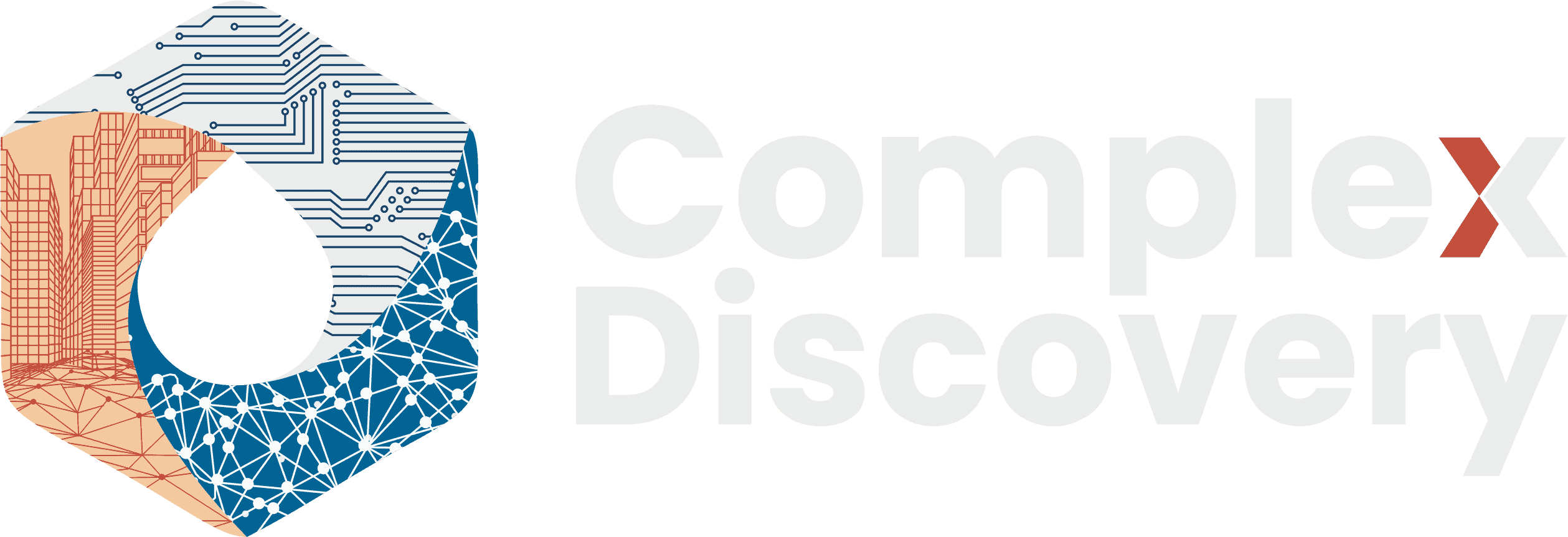Editor’s Note: Artificial intelligence continues to capture global attention, but the promise of productivity and efficiency often overshadows the realities of adoption. A new MIT study reveals that despite billions invested, only a fraction of AI projects are delivering real value. For cybersecurity, information governance, and eDiscovery professionals, these findings highlight the need for deliberate strategies that align AI with business workflows, governance priorities, and measurable outcomes. As organizations navigate a market full of promise and volatility, the central question is not whether to adopt AI—but how to adopt it responsibly, ensuring that what glitters does not become another costly mirage.
Content Assessment: Why 95% of Corporate AI Projects Fail: Lessons from MIT’s 2025 Study
Information - 94%
Insight - 92%
Relevance - 92%
Objectivity - 93%
Authority - 94%
93%
Excellent
TA short percentage-based assessment of the qualitative benefit expressed as a percentage of positive reception of the recent article from ComplexDiscovery OÜ titled, "Why 95% of Corporate AI Projects Fail: Lessons from MIT’s 2025 Study."
Industry News – Artificial Intelligence Beat
Why 95% of Corporate AI Projects Fail: Lessons from MIT’s 2025 Study
ComplexDiscovery Staff
The allure of artificial intelligence often feels like striking gold—but for many corporations and legal departments, the glitter hasn’t yet translated into real value. A recent MIT report, The GenAI Divide: State of AI in Business 2025, reveals a sobering truth: despite $30–40 billion in enterprise investment, only five percent of AI initiatives are producing measurable returns. For professionals in cybersecurity, information governance, and eDiscovery, the lesson is stark—navigating the AI landscape demands more than enthusiasm. It requires strategy, governance, and a clear-eyed view of both risks and rewards.
Why Projects Fail
The MIT study, led by Aditya Challapally of the MIT Media Lab, highlights that most AI efforts falter due to a lack of alignment between technology and business workflows. Companies have attempted to force generative AI into existing processes with minimal adaptation, resulting in 95% of projects failing to demonstrate profit-and-loss impact.
This disconnect is not just technical. Human factors—such as skills gaps, workforce resistance, and cultural barriers—compound the challenge. As Alexander Johnston of S&P Global observed, many AI initiatives stall not because of flawed algorithms but because of the people and processes surrounding them. McKinsey & Co. has described this as the “genAI paradox”—the phenomenon of rapid technological breakthroughs delivering slow productivity gains, a dynamic echoed in past waves of disruptive technology.
Where AI Adoption Succeeds—and Where It Falls Short
The MIT report highlights that AI’s most consistent successes are found in back-office functions, such as compliance and operational support, rather than in high-visibility areas like sales and marketing. According to Challapally, success often comes when organizations tackle one pain point at a time, instead of pursuing broad, unfocused rollouts.
Another pattern emerges in the sourcing of AI tools. Externally procured AI solutions—whether aftermarket tools or partnerships with providers like OpenAI—are shown to succeed at nearly twice the rate of internally built systems. For corporations and legal teams, this finding highlights the importance of considering vendor partnerships rather than relying solely on in-house development.
AI Market Trends and Investor Concerns
The concentration of investment in large AI players such as OpenAI and Anthropic has left smaller startups struggling for capital. Paul Hoffman of BestBrokers warns that this trend could stifle innovation, as funding consolidates around a few dominant firms.
Meanwhile, volatility in AI-driven markets is creating unease. Meta’s recent restructuring triggered investor concerns about the sustainability of AI’s growth trajectory, with ripple effects including a sharp 9% decline in Palantir shares. This suggests the market is beginning to weigh whether AI’s promise justifies its valuations—or whether an AI bubble may be forming.
What AI Means for Corporate and Legal Stakeholders
For the financial sector and beyond, the story is consistent: proprietary AI systems often fail to justify their cost, especially when pursued in isolation. Collaborative ventures and vendor partnerships appear to be more sustainable pathways.
At the same time, the human impact of AI adoption looms large. Ford Motor Company CEO Jim Farley recently warned at the Aspen Ideas Festival that AI could displace “literally half of all white-collar workers.” For legal professionals and corporate leaders, this raises both ethical and practical challenges—managing workforce transitions while ensuring compliance, governance, and stakeholder trust are safeguarded.
The Future of AI Spending and Strategic Integration
According to IDC, worldwide AI spending—including software, hardware, and services—is projected to reach approximately $227 billion in 2025. While enthusiasm for AI investment shows no signs of slowing, the path to tangible returns remains complicated by misaligned strategies, cultural resistance, and governance gaps.
For professionals in cybersecurity, information governance, and eDiscovery, the call to action is clear. Effective AI integration requires disciplined targeting, careful vendor selection, and governance frameworks that mitigate both operational and legal risks. This is not a race to adopt AI for its own sake, but a deliberate process of refining how AI delivers measurable value.
Ensuring AI’s Gold Does Not Become a Mirage
As enterprises continue to invest heavily in artificial intelligence—with global spending on the rise—the gap between expectations and outcomes remains wide. For corporate and legal stakeholders, the challenge is not whether to adopt AI, but how to adopt it responsibly, deliberately, and with a focus on measurable impact. Much like the allure of gold, AI’s promise is undeniable—but only those willing to refine, govern, and strategically channel its potential will see lasting returns. For cybersecurity, information governance, and eDiscovery professionals, this moment calls for leadership that balances innovation with caution, ensuring that what glitters in AI does not become another costly mirage.
Postscript: GenAI in ComplexDiscovery’s Technojournalism
While many organizations struggle to realize measurable returns from artificial intelligence, ComplexDiscovery has successfully integrated generative AI into its technojournalism initiatives. By combining advanced AI tools with editorial expertise, ComplexDiscovery enhances the speed, depth, and precision of its reporting on cybersecurity, information governance, and eDiscovery.
This approach is intentional and disciplined. Generative AI assists in synthesizing complex research, monitoring industry developments, and shaping analytical narratives, while experienced editors ensure accuracy, context, and professional relevance. The result is timely content that maintains the trusted editorial standards readers expect, while delivering sharper insights into rapidly evolving issues.
For ComplexDiscovery, generative AI is not a costly experiment, but a proven asset—demonstrating how targeted and responsible adoption can deliver lasting value in practice.
News Sources
- MIT report: 95% of corporate generative AI pilots fail to deliver returns (Computing)
- The warning signs the AI bubble is about to burst (The Telegraph)
- Generative AI does nothing for 95 percent of companies (The Register)
- Most Companies Saw Zero Return on AI Investments: Study (Entrepreneur)
- Analyzing Generative AI Investments (Seeking Alpha)
- The AI Report That’s Spooking Wall Street (Gizmodo)
- Ford CEO Jim Farley warns AI will wipe out half of white-collar jobs (Fortune)
- A forecasts for AI 2025 (Moonshot)
Assisted by GAI and LLM Technologies
Additional Reading
- Editorial Intelligence: The Role of Agentic AI in Modern Publishing
- AI in Journalism: Enhancing Newsrooms or Undermining Integrity?
- The Rise of Techno-Journalists: Addressing Plagiarism, Patchwriting, and Excessive Aggregation in the Era of LLMs
- Combating AI Hallucinations: Oxford Researchers Develop New Detection Method
Source: ComplexDiscovery OÜ








































